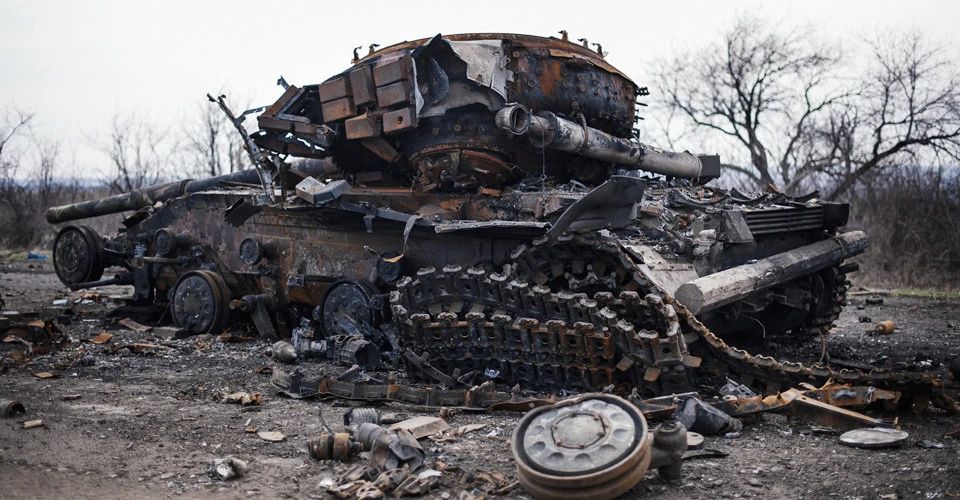
Russia loses stocks of Soviet-era tanks - media
Despite claims of a wartime economy with 8% of GDP allocated to military expenditures, Russia can only replace its significant losses of tanks, armored vehicles, and artillery by refurbishing Soviet-era stockpiles. While substantial, these reserves are finite
The Economist reports.
According to intelligence estimates, Russia lost approximately 3,000 tanks and 5,000 other armored vehicles in the first two years of the war. Oryx, a Dutch open-source intelligence site, has documented 3,235 Russian tank losses with visual evidence, but indicates the real number is likely much higher.
Aleksandr Golts, an analyst at the Stockholm Centre for Eastern European Studies, explains that Soviet leaders knew Western military kit was more advanced. To counter this, they focused on producing large numbers of armored vehicles during peacetime. Golts also points out that before its collapse, the Soviet Union had gathered as many armored vehicles as the rest of the world combined.
When Defense Minister Sergei Shoigu boasted in December 2023 about delivering 1,530 tanks that year, he neglected to mention that nearly 85% of them, assessed by the International Institute for Strategic Studies (IISS), were not new. Instead, they were old tanks, predominantly T-72s, along with T-62s and even some T-55s dating back to just after World War II, as reported by The Economist.
Modern tanks or modernized old ones
Since the invasion of Ukraine, approximately 175 reasonably modern T-90M tanks have been deployed to the front line. The IISS estimates that annual production this year could reach around 90 units. However, Michael Gjerstad, an IISS analyst, argues that most of the T-90Ms are upgrades of older T-90As. As those numbers dwindle, production of newly built t-90ms this year might be no more than 28.
Pavel Luzin, an expert on Russian military capacity at the Washington-based Centre for European Policy Analysis, reckons that Russia can build only 30 brand-new tanks a year. Last year, when Ukrainians captured a supposedly new T-90M, they discovered its gun had been produced in 1992.
Lack of repair components
Luzin suggests that Russia's ability to produce new tanks and infantry fighting vehicles, or even to refurbish older ones, is hindered by supply chain challenges. Components earmarked for 2025 production have already been depleted due to wartime demands. Moreover, crucial equipment, previously imported from Europe, is now restricted by sanctions.
According to The Economist report, the old Soviet armaments supply chain no longer exists. Ukraine, Georgia and East Germany were all important centers of weapons and components manufacture. Kharkiv was the main producer of turrets for t-72 tanks.
The number of workers in the military-industrial complex has also fallen dramatically, says Luzin.
Unless something changes, before the end of this year Russian forces may have to adjust their posture to one that is much more defensive, says the IISS analyst Gjerstad.
- On July 11, Ukraine's special forces reported that they destroyed 30 Russian tanks, 12 air defense systems, 11 munitions depots.
- News












































